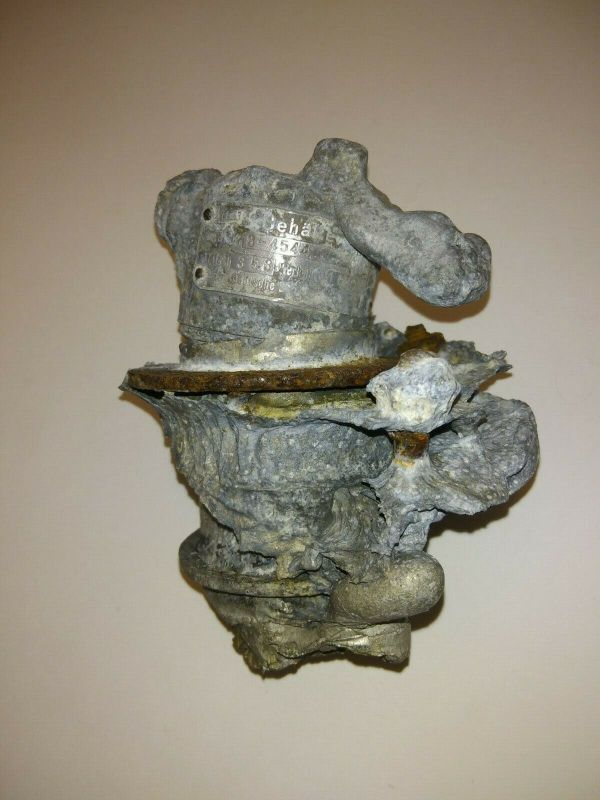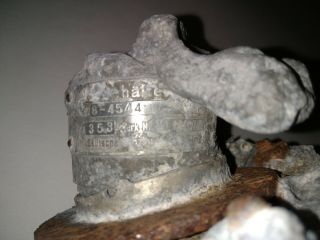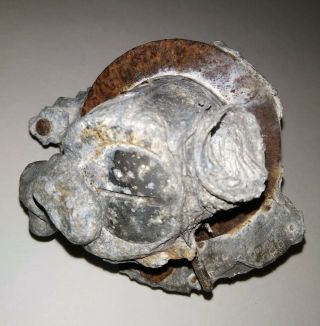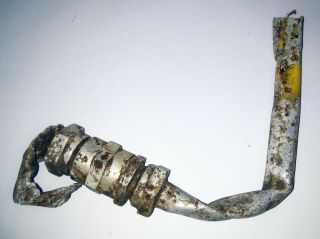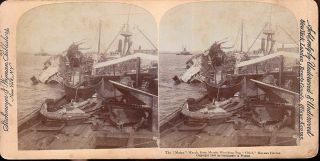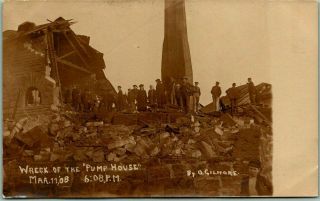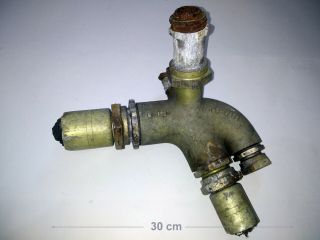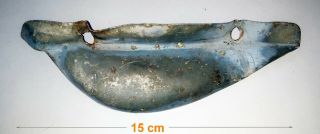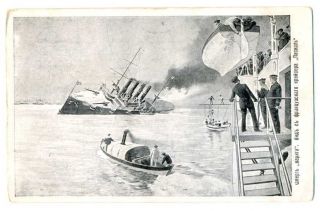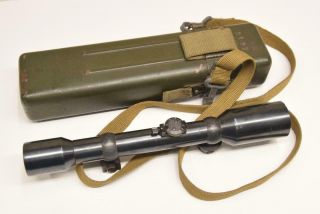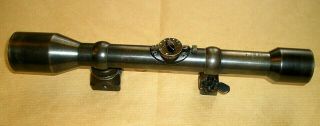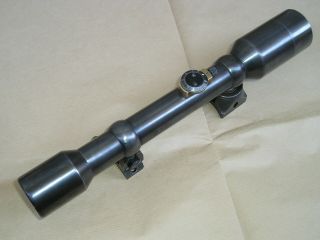Wrecks Of Fuel Pump From Me110 Messerschmitt, Luftwaffe Relic
Item History & Price
| Reference Number: Avaluer:53735249 | Modified Item: No |
| Country/Region of Manufacture: Germany |
History of the pilot and aircraft:There were very few German aircraft in Norway in january 1941, which was fully justified by the lull that had prevailed there for a long time. The only problem was the rare raids of British reconnaissance and attack aircrafts on the southern... part of the country and convoy routes along its coast. In Stavanger, at Sola airfield, there was based Stab. and III./ZG 76 on Bf. 110. It was in January 1941 that the first mention of the so-called "Kjevik Command" appeared, later reborn in Zerstorerstaffel / JG 5 after several stages. By the way, at the end of January, the first I./JG 77 machines began to arrive in Norway, which later became the base for the creation of JG 5.
The history of the squadron began on December 31, 1940, when eight lieutenants, who had recently graduated from blind flying school (ELF 2) in Brandis near Leipzig, gathered in Berlin after a short vacation. There they celebrated the New Year eve and the next day left for their new duty station in Norway. These lieutenants were: F. Brandis, W. Dietrichs, M. Francisket, D. Klappenbach, F. Laskowitz, K.-F. Schlossstein, H. Wiedebentt and D. Weyergang. They has traveled through Sweden by train - and the radio gunners, with whom they were brought into the same carriage at school, were on the same train, only in the second grade.
On January 2, a group of 16 people arrived in Oslo and in the late evening of January 4, in Stavanger, from where 4 days later they flew to Kevik on "Aunt JU". It was then they formed the "Kevik command" (Kommando Kjevik) - a rather unusual unit that did not have its own aircraft or even a commander. So far, the chief has been appointed the oldest in age - Felix Brandis, born in 1916. The transfer of materiel - old Bf.110C from III./ZG 76 with three wasps on their noses - continued until January 12. The aircraft received a new designation: instead of the previous "2N +", they painted "LN +". Each Zerstorer had "S" as the fourth symbol, the third ones were changed. The first letter went to the commander, so Brandis flew LN + AS.
On the 8th at 13.48 SW of Stavanger, Lieutenant Dietrich Weiergang won the first victory for the team: Hudson from 269 Squadron (serial number P5128). The story had a little continuation. In May, when Lieutenant Dietrichs returned with three dachshund puppies, one of them was named "Lockheed" after the first shot down. Allegedly, this particular puppy was later depicted on the noses of the Messerschmitts, although it is not clear how one dachshund differs from another.
On March 11, the "link of heavy fighters" flew to a new base - Herdla airfield near Bergen.
On June 17 it became known for sure that I. (Z) / JG 77 was going North and would take part in the war against the USSR. As Hans, Brandis' shooter, wrote home, the enterprise seemed to them easy and short-lived. They literally took "toothbrushes and spare underpants" with them, nothing else. Brandis was by that time officially appointed commander of what is known now as 1. (Zerstorerstaffel) / JG 77. At that time there were 8 crews, with the changes indicated earlier.
On June 21, the squadron flew from Herdla to Vernes (near Trondheim), the next day to Bodø. On June 23, the planes relocated to Bardufoss and stopped there for the time being: the Germans expected an immediate British reaction to the start of the war with the USSR and wanted to be ready for an attack on Norway from the west. Only on June 26, 1. (Z) / JG 77 has finally reached Kirkenes.
A new, long and bloody chapter began in squadron's history.
As it was said, the squadron arrived in Kirkenes, at the Hoybukten airfield. It was built by the Norwegians in 1939 and initially consisted of one runway leading from North to South. Then they added another, smaller, from East to West.
At that time, IV. (St) / LG 1 with 36 Ju.87 (on the eastern side of the airfield), 1. (F) / 124 with 3 Ju.88, Stab / ZG 76 with six aircraft and 13./JG were based here. 77, which had a dozen Bf 109. The last squadron soon departed for Petsamo. The heavy fighters were located at the western end of the additional runway, distant from the others, so there was little contact with them. An old bus with a disassembled engine served as a "battle headquarters". In addition to it, from the "infrastructure" there was a small wooden shed and a pre-flight toilet-birdhouse.
On June 29, the first flight was made against the hydro aerodrome in Gryaznaya Bay and Polyarny harbor. The company consisted of "Junkers" from II./KG 30. The Germans noted very strong anti-aircraft fire. According to the reports of the bomber pilots, they managed to destroy the central power station in Murmansk. The Murman minelayer and the Krasny Gorn shipyard were attacked, but they were not damaged - only one person was wounded. After a break, the Messers sailed south on 2 July, escorting Ju.88 for a raid on the Niva airfield (Afrikanda). Again the battle with I-153 and I-16, Schlossstein said one of the downed I-153 is likely. This was again not credited to him. On July 3, a flight to Murmansk (Varlamovo) to escort II./KG 30. The Messers had no losses or victories, although there was a battle with Soviet fighters. The bomber group lost its commander, Hauptmann E. Röger. On the Soviet side, 5 planes were reported downed, including two Junkers and Me-110.
On July 5, the Messerschmitts flew to Polyarnoye harbor. Although the Germans reported successes (ships, submarines, floating base and barracks were hit), in fact, all the bombs fell by, only the mechanisms of the 3rd and 4th guns were damaged on the destroyer URITSKY. But the enemy got it: 1. (Z) / JG 77 crew pilot Leutnant Dietrich Weyergang and his wireless-operator/gunner Kurt Tiggis who were both killed when their LN+ER (Werk.Nr. 3235) was brought down by Soviet Flak to the west of Litsa Bay.



